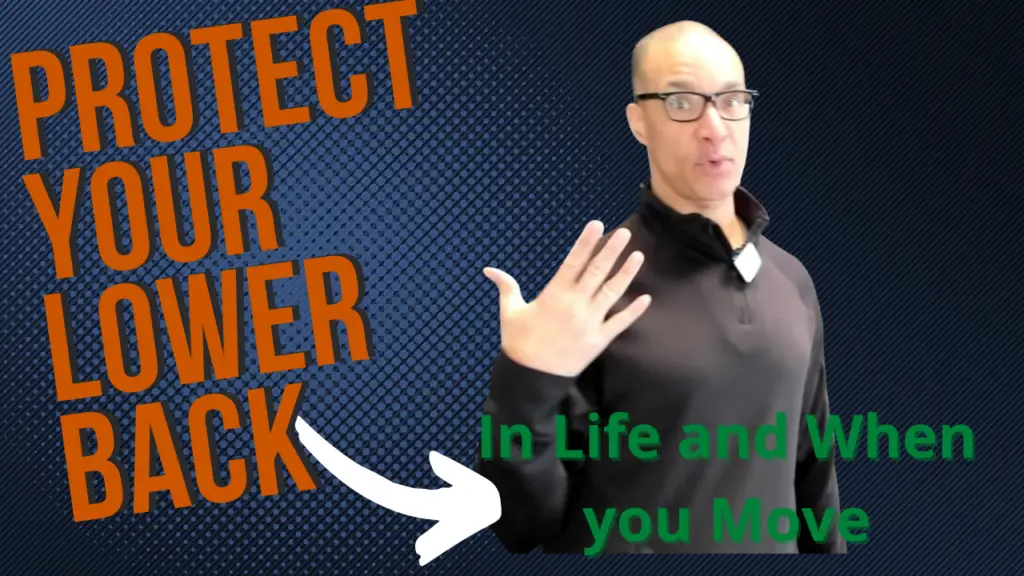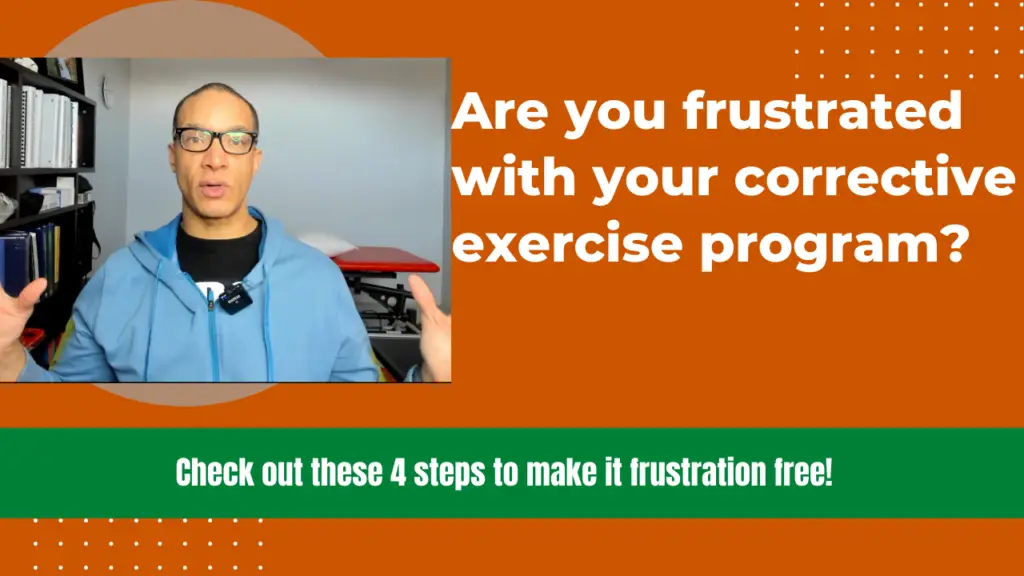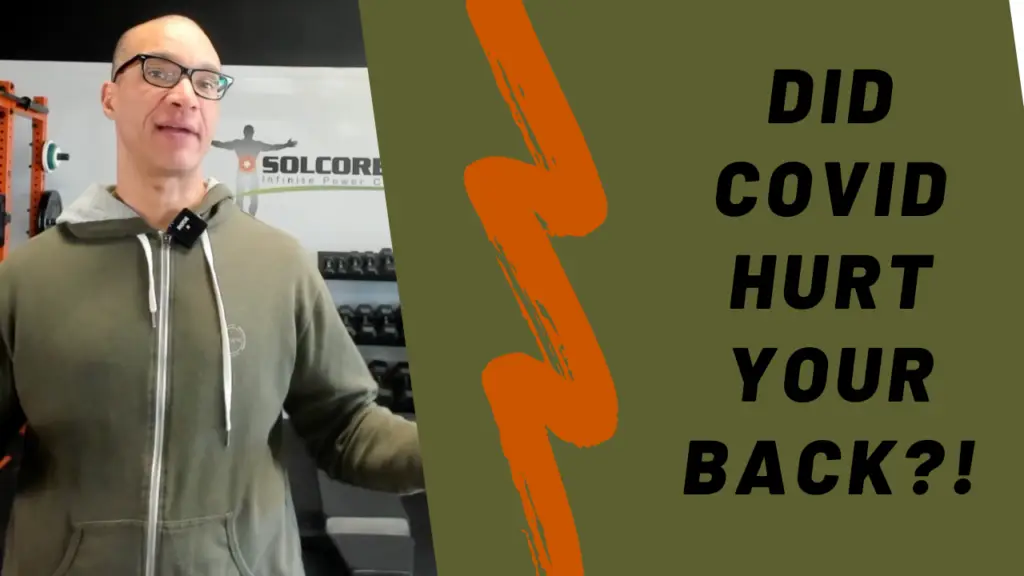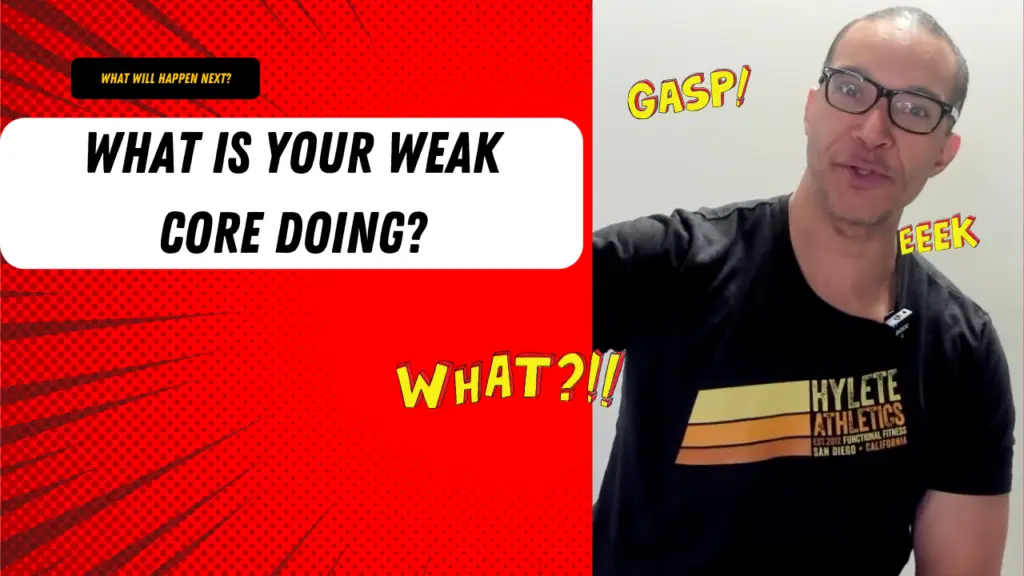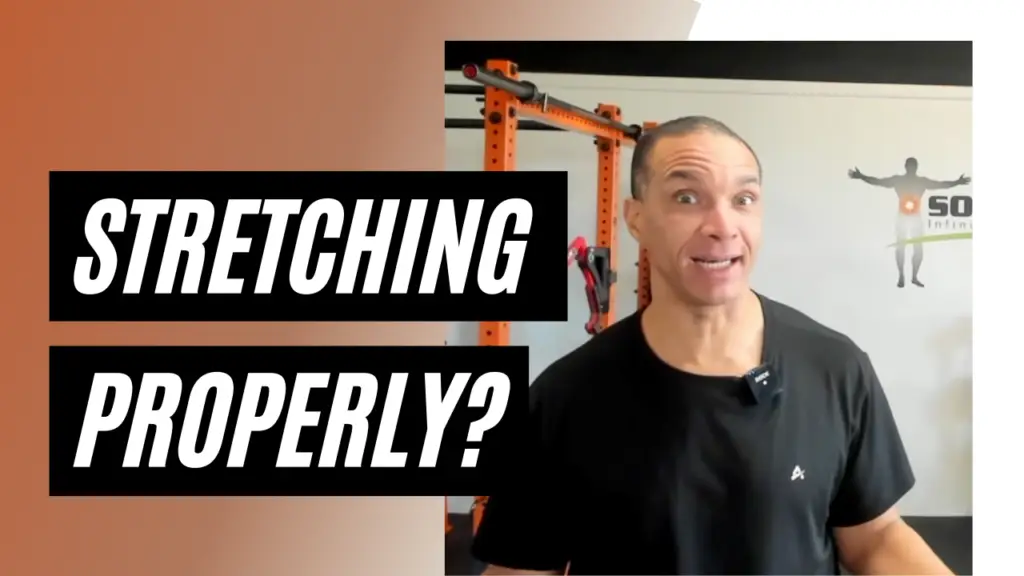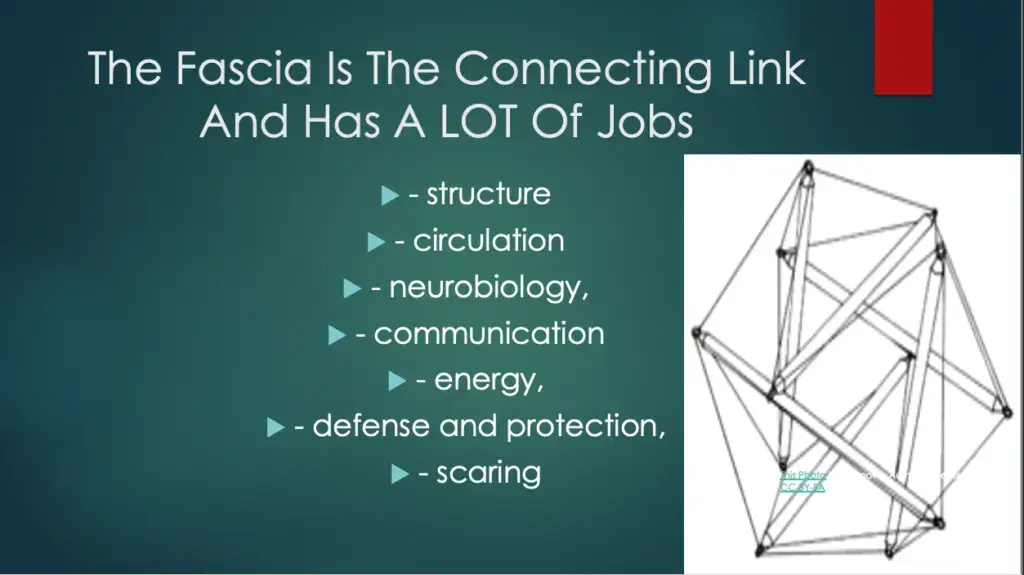
Click on the image to watch the video
Did you wake up this morning with a stiff neck—the kind where you can’t look over your shoulder or tilt your head comfortably? Neck pain after sleeping is extremely common, with several possible causes and, thankfully, multiple ways to address and prevent it.
- Underlying Trauma
A history of trauma, like whiplash or a sports injury, can leave tissues tight, tender, or misaligned for years. Sometimes, the pain only shows up after sleeping when the body relaxes, cools down, and habitual tension “sets” into bad alignment. Not addressing acute issues right away can make future correction more difficult. Early, targeted mobility training and corrective exercise are key—even if the pain doesn’t seem urgent at first. - Postural or Overuse Strain
Desk work, smartphone use, and “tech neck” (forward head posture) retrain the body into poor alignment and chronic muscle tension. If you spend 8+ hours daily hunched forward, but only do an hour of corrective work (at best), the imbalance accumulates. This commonly leads to stiffness and pain after sleeping, when tissues contract and “remember” their imbalances. Address this by restoring shoulder, mid-back, and neck alignment; balance technology habits with posture- and flexibility-focused routines. - Pathology
Conditions like cervical radiculopathy, stenosis, or arthritis can all manifest overnight or in the morning as nerve signaling and disc pressures change with position. Persistent or worsening pain—especially with numbness, tingling, or weakness—deserves prompt professional assessment and a customized plan. - Sleep Position, Pillow, and Recovery
A poor sleep setup (too many pillows, sleeping on your stomach, or a lumpy mattress) disrupts healthy neck curves and strains muscles. Too little sleep or constant sleep interruption impairs tissue repair and healing, leading to more frequent or severe neck pain. The right pillow, good alignment, and consistent sleep hygiene are foundational for prevention.
What To Do About It
- Start with gentle mobility: Hot showers, light stretching, and slow, easy neck movements can help “wake up” the tissues.
- Consider alternating ice and heat to manage acute pain or inflammation.
- Prioritize a balanced sleep setup: Neutral head/neck alignment, supportive pillows, and sleeping on your back or side (not your stomach).
- Incorporate posture-focused, corrective, and mobility exercises throughout the day, not just after the pain sets in.
- Seek professional help for persistent, severe, or radiating pain, especially if it comes with other symptoms.
[ELDOA: The Ultimate Spine And Joint Exercises]
Don’t let neck pain after sleep become your “normal.” Discover and address the true cause, and build sustainable habits to wake up pain-free and ready for life.
it’s not just working out, it’s building a foundation for a better life.
Find out more @

